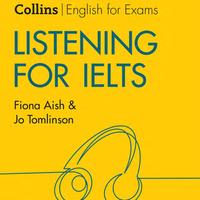4- 31
In Victorian times, the upper classes made up less than three percent of the entire population of Britain, yet this class held more than ninety percent of the country's wealth. This shows the massive gap there was between rich and poor at this time, a gap whích has shrunk considerably in the last century. Today we're going to look at the wide differences in family life between rich and poor in Victorian times. Let's begin with the upper classes.
The upper classes of the Victorian period were generally the nobility or the clergy. Most of their servants were yery poorly paid, but were always accommodated within the homes of upper-class Victorian families, so they didn't have to pay for accommodation. food and often clothing. The money which they did earn, they normally sent home to their families.
Many Victorian servants came from the countryside, where the effects of the industrial revolution had resulted in job losses. Amongst these servants were cooks, housemaids, stable hands, and butlers. The family would also employ a nanny, who although employed by the family, was not traditionally seen as a servant. A nanny's primary role was to care for the children. She was responsible for teaching the children how to behave, looking after them when they were ill, and instilling discipline into them. Nannies did not, however, educate the children. Generally, children from wealthy families did not attend school outside the family home. Tutors would come . to the house to do this, and although on occasion mothers taught their children to read and fathers gave their children some instruction in Latin, this was not a common occurrence.
Now, the Victorian upper classes have the reputation of being quite cruel; but this wasn't always the case. They were also quite charitable. Ragged schools were set up with funding from the upper classes so that poor children could have some form of education. Additionally, most Victorian parents were very proud of their children, who were often seen as 'prized possessions'. This goes against the common idea that parents were very hard on their children. In fact, the opposite was generally the rule. However, the situation for lower-class families was very different. In the lower classes child labour was rife. Children as young as eight earned a living as chimney sweeps for wealthy houses. Now, let's move on to looking at the lower-class families in more detail ...

